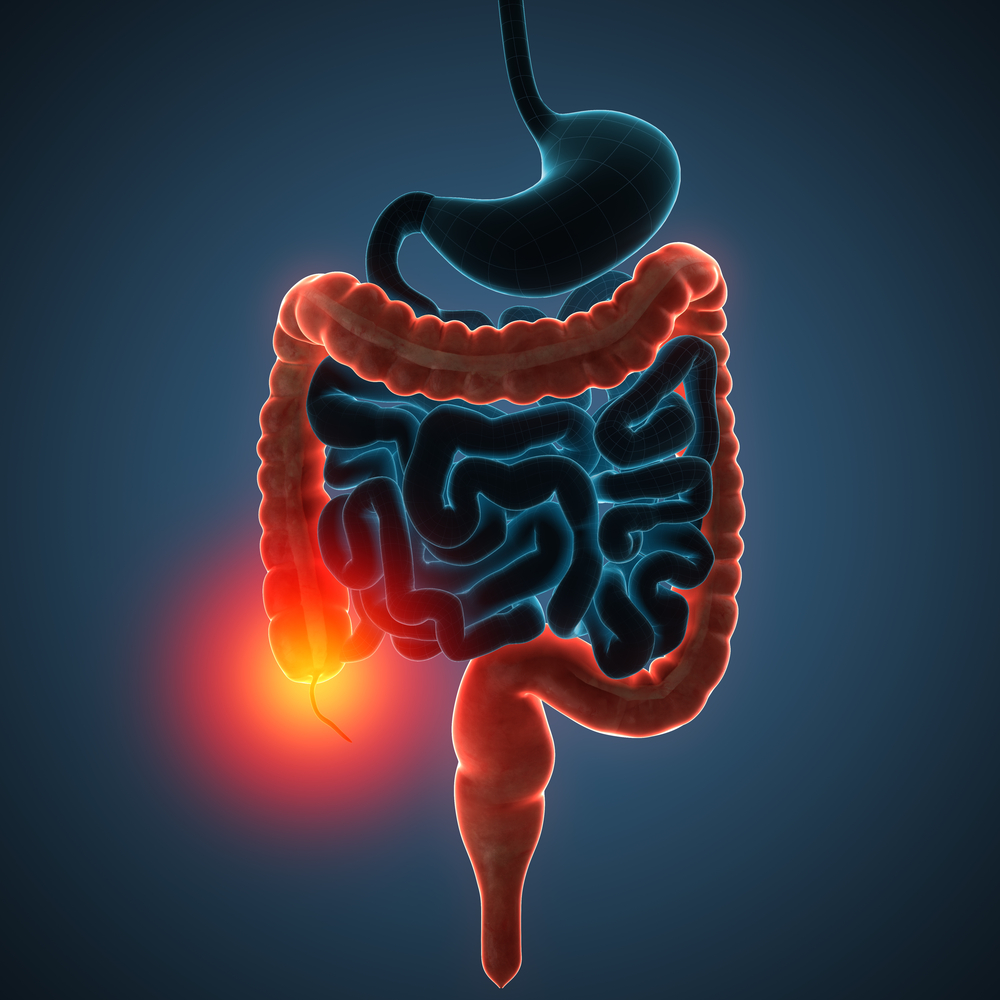
The ulcerative colitis space, which covers the seven major markets of the US, France, Germany, Italy, Spain, the UK, and Japan, is set to rise from $5.64 billion in 2015 to over $6.58 billion by 2025, representing a compound annual growth rate of 1.6%, according to research and consulting firm GlobalData.
The company’s latest report states that this relatively modest growth will be driven by an increase in disease prevalence and the approval/launch of pipeline products such as Pfizer’s oral therapy Xeljanz (tofacitinib citrate), Celgene’s ozanimod hydrochloride, Johnson & Johnson’s anti-interleukin antibody Stelara (ustekinumab), and Lipid Therapeutics’ LT-02.
Zalak Naik, MS, GlobalData’s Analyst covering Immunology, explains: “The ulcerative colitis space is currently overcrowded with cheap generic drugs for mild to moderate disease as well as expensive biologics and biosimilars for severe disease that are used as a short- or long-term alternative to surgical options.
“The R&D within this space consists of nine Phase III drugs with oral formulations, more convenient dosing frequency, novel mechanisms of action, and improved safety profiles and drug availability. However, they lack either higher clinical efficacy or safety profiles, or are anticipated to have a high price tag.”
Ulcerative colitis is a relapsing and remitting disease, and the absence of curative therapies necessitates its lifelong management. Current treatment options available for ulcerative colitis also have numerous adverse effects, poor efficacy profiles and some are very expensive, leaving a highly lucrative market for pharmaceutical companies.
Naik continues: “All pipeline products apart from LT-02 are immunomodulators and only provide symptomatic relief. Although new biologic products such as Stelara and etrolizumab seem to have superior efficacy profiles to current treatments, they are anticipated to have a high price, which will increase the financial burden given the long-term nature of ulcerative colitis.
“In this way, GlobalData believes there is a substantial window of opportunity for developing curative ulcerative colitis therapies that lower the risk of associated colorectal cancer, and cost-effective novel oral therapies with superior safety and efficacy profiles compared to currently available treatment options.”
Filed Under: Drug Discovery




